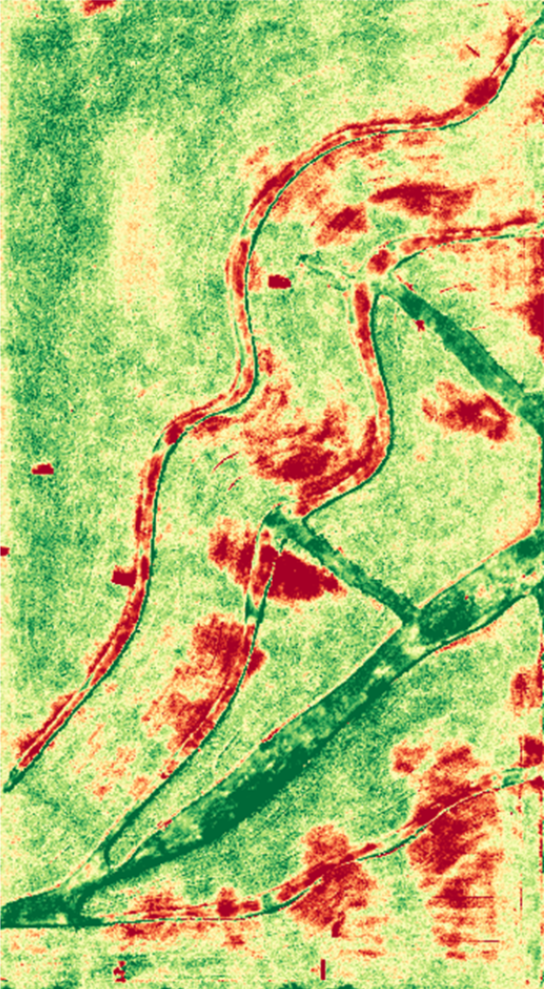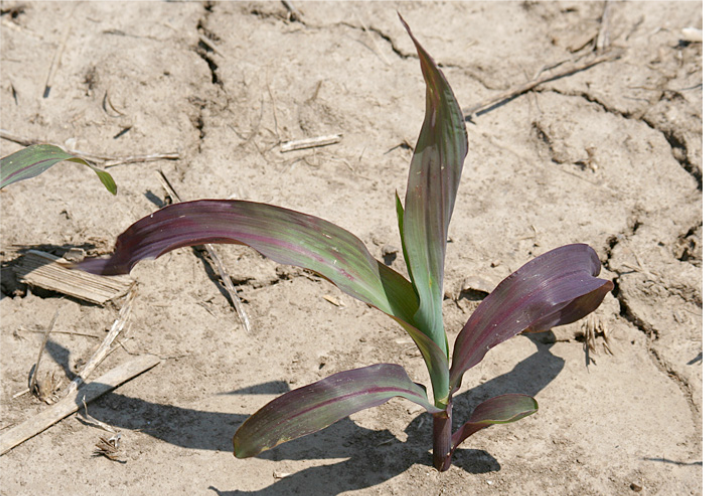Tissue testing is a tool that can help us evaluate nutrient levels in your crops. I use tissue tests in two different scenarios:
Early in the growing season:
If there is an area of a field where there appears to be a deficiency, I’ll grab tissue samples from that area and use the tissue sample results to put together a recommendation and take care of that nutrient deficiency immediately for that crop.
Late season tissue tests:
I use this timing of tissue tests primarily on corn fields. The stage of the fields are anywhere from brown silk through dough stage. The leaf used for this test is the first leaf below and opposite the ear leaf, at least 15 leaves per sample. Now this leaf was the last leaf formed on the corn plant prior to the ear leaf. This leaf is a very good indicator of nutrient flow from the roots up through the corn plant and into the ear for grain fill.
This year I randomly collected 27 late season tissue tests on corn from customers fields; which include western Green County, all of Lafayette County, and three from western Grant County. Here is a brief summary of those 27 late season corn tissue tests: the macro-nutrients N, P, K and sulfur generally came back at a sufficient level or higher. Of these nutrients, there were 6 nitrogen tests, 1 phosphorus test, 7 potassium tests and 3 sulfur tests that came back at a low or deficient level.
Now on to the secondary and micronutrient test results. I am not going to touch on all eight of these, just the four of them that caught my attention : 18 iron tests, 21 manganese tests, 24 boron tests and 20 zinc tests came back at a low or deficient level.
In summary, late season tissue tests show us nutrient availability for that crop, for that field, for that growing season and could help us put together plans for that field for next year’s crop.
Thank you,
Dan Langkamp
Here is the four micronutrients that caught my attention and their role in the plant:
Boron
Involved in nitrogen metabolism
Helps plants imbibe water through their roots
Helps plants manage water within the plants
Sugar translation
Iron
Chlorophyll formation
Oxygen carrier
Cell division and growth
Zinc
Essential constituent of hormone and enzyme systems
Carbohydrate, starch, and seed formation
Chlorophyll production
Manganese
Aids in phosphorus and calcium availability
Activator for enzymes in growth processes
Aids in Chlorophyll synthesis





